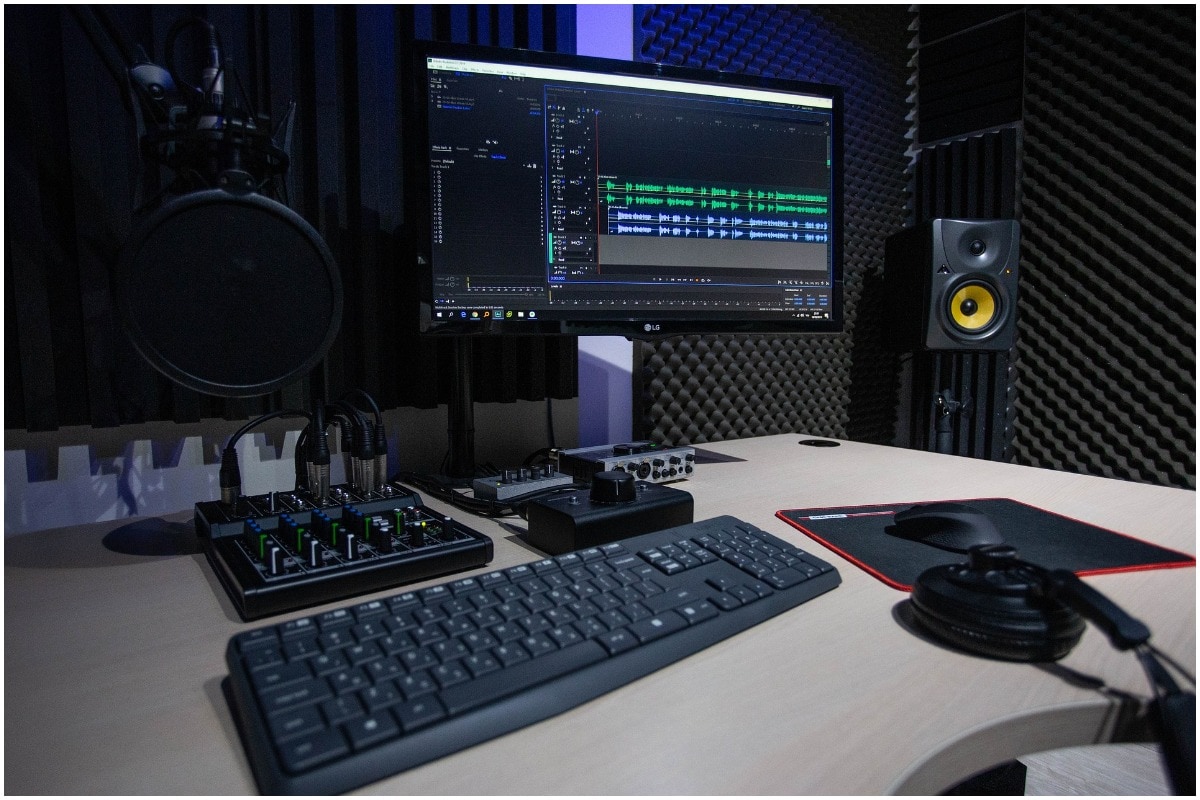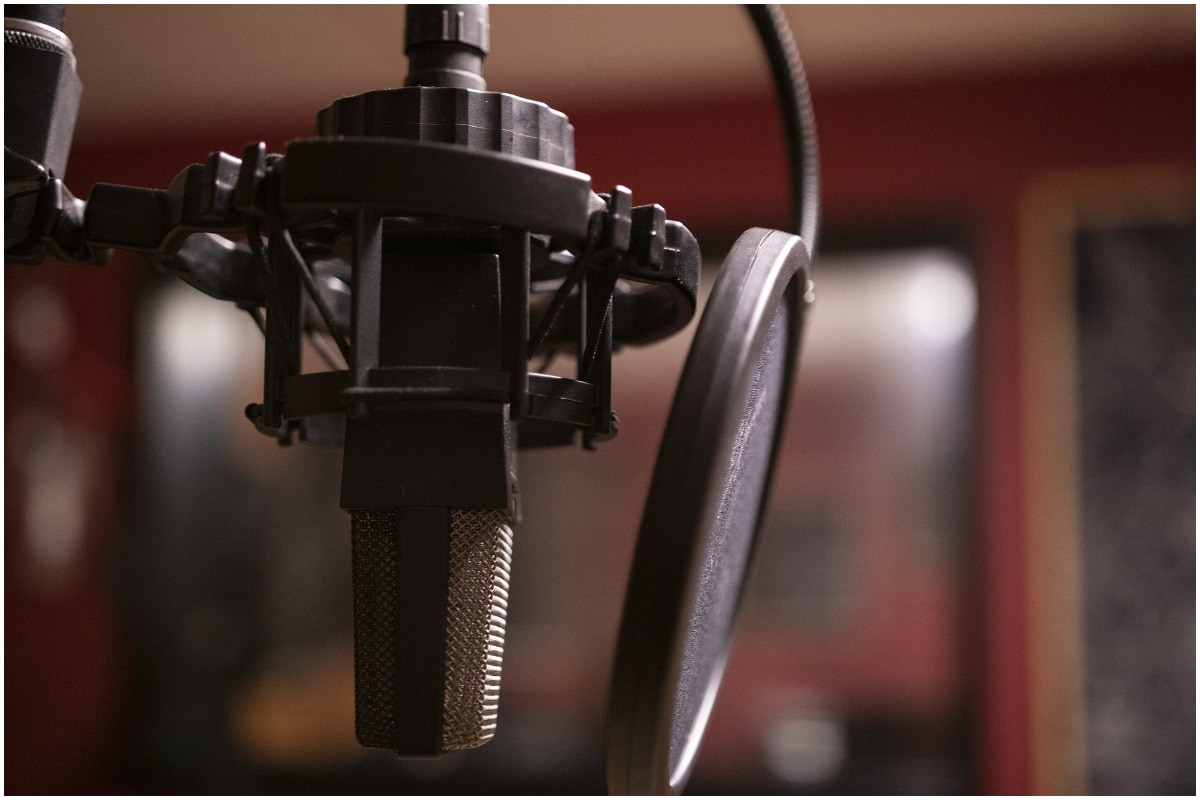For the podcast enthusiast, having a dedicated, comfortable, and quiet space to produce audio and video clips is essential to creating a successful podcast. From renovating a space to include noise buffering material to selecting the right equipment to achieve the best sound quality, there is a lot that goes into creating a podcast room that you may not have thought of.
To help you get started, we reached out to podcasting experts from Vancouver, BC to New York, NY to give us their best tips. Check out what they had to say on how to start the perfect podcast room in your own home.

1) Think about surrounding noise
If you’re creating a podcast room, any little outside noise is your enemy. Aim for it to be as far away from the main living areas as possible, add acoustic panels to the walls, get rid of that noisy fan, lay down carpet or rugs to avoid a creaky floorboard, and pray no sirens drive by. For many without a dedicated podcast room, recording in an interior, well-insulated room like a closet works well. – Kevin Goldberg, Founder, Discover Pods
2) Find a smaller space with padding
Choose a quiet, preferably carpeted room or nook in your home to set up your podcast room. Place sound foam on the walls nearest to you, or cover your walls with curtains and drapes to prevent reverb or echo. And always wear headphones and speak closely and directly into your microphone to get the best audio recording. – Mike Moody Garcia of Permanent RCRD Studios
3) Avoid hard and bare surfaces
When creating a podcast room in your house, choose an area that is somewhat isolated and as far as possible away from the lively areas of your house. Avoid using a room full of hard and bare surfaces to minimize reverb and echo. Instead, select a space with soft and furnished surfaces, and invest in acoustic foam tiles if need be. – MPR Studio
4) Fill the room with furniture to up the sound quality
Don’t opt for a cavernous, open loft-type room. Instead, fill the room with items that make you feel comfortable, and dampen the sound reverberation. A couch in the room does wonders for sound quality, as does a nice throw rug if you have tile or hardwood floors. But above all make sure it’s a space you can close the door and have quiet for your episode recordings. – Castos
5) Leave space to stand
Try setting up a space where you can stand while you record. Without even trying, you’ll have a fuller sound and seem more energetic to your listening audience. When you stand, it opens up your diaphragm and you’ll also feel more ready. I sat down for most of the earlier episodes of my show, and without even telling my audience I started to stand, I heard a lot of positive feedback about a change in my energy levels within my episodes. – Smart Passive Income

6) Don’t overlook electric outlets
When creating a podcast room, make sure to include ample outlets and LAN sockets on every wall. You never know how your studio setup will change over time and the last thing you want are wires everywhere. – Raz from Audioburst
7) Make wise tech choices
You could split your resources decking out your new podcast room with all the bells and whistles, but you’ll be in a much better position if you simply invest in a great mic and quality pair of headphones. These are key tools guaranteeing a great recording each and every time. – We Edit Podcasts
8) Design your podcast room for comfort
The most important thing about designing your own podcast room is comfort. You’re going to be spending a lot of time recording, editing, and promoting your show from here so focus on a setup that puts you at the center. Choosing a quality boom arm, for example, will ensure that you can create a multi-purpose space for recording and working. As a bonus, the more natural light, the better. – Mark Asquith, CEO, Captivate.fm
9) Create a podcast room for video as well
Just because the end product of a podcast is an audio experience doesn’t mean that your space shouldn’t be video ready. Your podcast will benefit from all kinds of promotional visual marketing, so make sure that you set a scene – at seated eye level – that would appeal to you and your particular podcast audience: add books that fire up your brain waves, colors that pop and keep you and your guests’ energy up, and enough space to host a group. – Radio Kismet
10) Build a cutting room in the garage
We needed a room that would be quiet so that we could record podcasts, audiobooks, or audio feeds which require multiple hours in the booth. We decided to convert half the garage into a free-standing cutting room. The build took about two weeks to complete and has been functioning beautifully for eleven years. Don’t skimp on the materials used to create the walls, flooring, and ceiling, because you may start out doing only podcasts, but you never know where a well-designed cutting room may take you. – The Block House

 United States
United States Canada
Canada